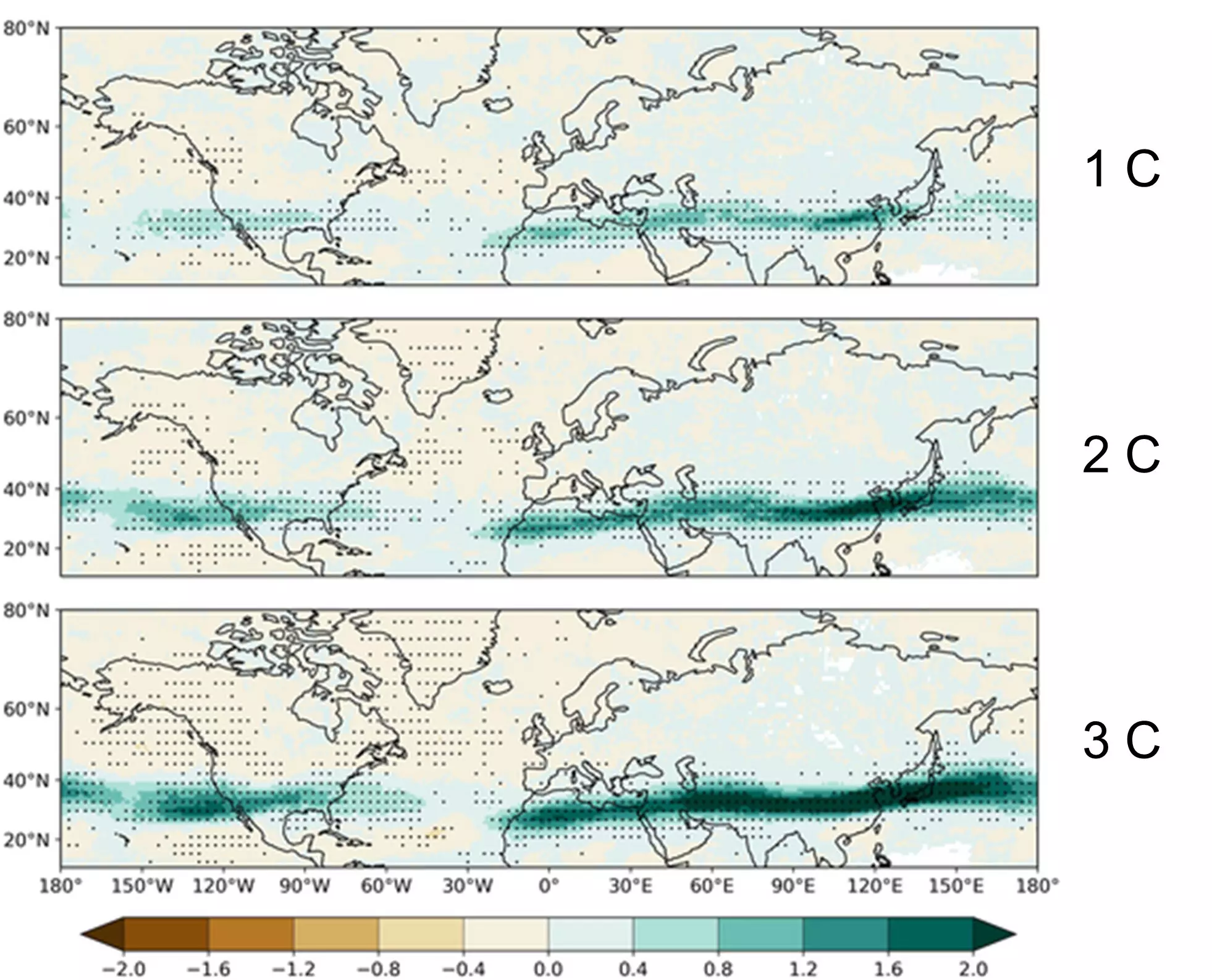In a startling revelation, recent studies indicate that climate change is ushering in an increase in a type of turbulence known as clear air turbulence (CAT), affecting air travel across the Northern Hemisphere. This invisible, unpredictable phenomenon, which has escalated in frequency and intensity from 1980 to 2021, poses significant challenges for aviation safety. Unlike turbulence occurring during thunderstorms or mountainous regions, CAT can strike unexpectedly at high altitudes where commercial aircraft operate. As our understanding of atmospheric dynamics evolves, it becomes increasingly clear that the implications of a warming planet extend beyond melting ice caps and rising sea levels.
At first glance, turbulence might seem like an inconsequential inconvenience for airline passengers. However, as atmospheric scientist Mohamed Foudad emphasizes, clear air turbulence has been linked to approximately 70% of weather-related aviation accidents in the United States. This statistic raises an urgent question: Are we prepared for the implications of intensified CAT as global temperatures rise? Recent high-profile incidents of CAT from respectable airlines like Singapore Airlines serve as poignant reminders of this evolving threat.
The Mechanics of Clear Air Turbulence
To grasp the significance of this issue, we must dissect how CAT operates within our atmosphere. Most commonly occurring near jet streams—swift air currents that form around 10 to 12 kilometers above the Earth’s surface—CAT is often the result of sudden shifts in vertical wind shear. These shifts can create conditions that are difficult, if not impossible, to detect ahead of time. As climate change continues to inject energy into the atmosphere, it is anticipated that jet streams will strengthen, exacerbating the frequency and severity of CAT encounters.
Currently, airlines experience CAT approximately 1% of the time in the Northern Hemisphere. However, this may only be the beginning. Emerging data suggests that regions like East Asia, where the subtropical jet stream reaches its zenith, could see a drastic uptick in turbulence encounters—up to 7.5% for moderate-to-severe CAT. The implications for passenger safety are dire as we look towards an uncertain future shaped by a warming climate.
Data-Driven Projections: A Depressing Forecast
The gravity of the situation is underscored by an analysis conducted using 11 climate models to project CAT behavior under varying degrees of global warming. The research indicates that as the temperature rises, so too will the incidence of CAT across various regions of the Northern Hemisphere. Predictive models suggest severe CAT might intensify significantly, with increases ranging from 60% to an alarming 155% in certain areas—predominantly over North Africa, East Asia, and the Middle East.
While these findings paint a bleak picture, they are not without their limitations. The North Atlantic appears to be an enigma—a region where researchers were unable to draw conclusive correlations to climate change. This lack of clarity suggests that natural climate variability may be concealing the true impact of human-induced warming, complicating our understanding of turbulence patterns.
The Role of Aviation Engineering
In light of these unsettling findings, it is crucial for aviation engineers and designers to adapt to this new reality. Future aircraft may need to be optimized to handle increased turbulence with greater resilience. The aviation industry has always been characterized by its ability to adapt and innovate, so it is imperative that stakeholders acknowledge and address the evolving nature of air travel.
Foudad’s remarks on the preparedness of modern aircraft offer a glimmer of hope. While upcoming flights may become considerably bumpier, the robustness of contemporary aircraft is designed to withstand such turbulent conditions. Nevertheless, the competitive push towards efficiency and speed must be carefully balanced with updated safety protocols addressing this unforeseen challenge.
A Call to Awareness and Action
As we navigate these turbulent skies, it’s vital that passengers, airline officials, and policymakers alike understand the implications of increasing CAT. Climate change is not a distant future threat; it is reshaping our realities today. Increased turbulence may lead to more frequent injuries and accidents, and yet the conversation surrounding aviation safety often overlooks this vital element.
It may feel easy to dismiss these risks; after all, turbulence is a common aspect of air travel. However, embracing a sense of urgency surrounding the intricacies of our atmosphere and the potential realities of a warmed planet is vital. We have the tools for adaptation and innovation at our disposal, and it is crucial for the aviation sector to proactively tackle the ramifications of climate change—starting with a deep and nuanced understanding of clear air turbulence.


Leave a Reply